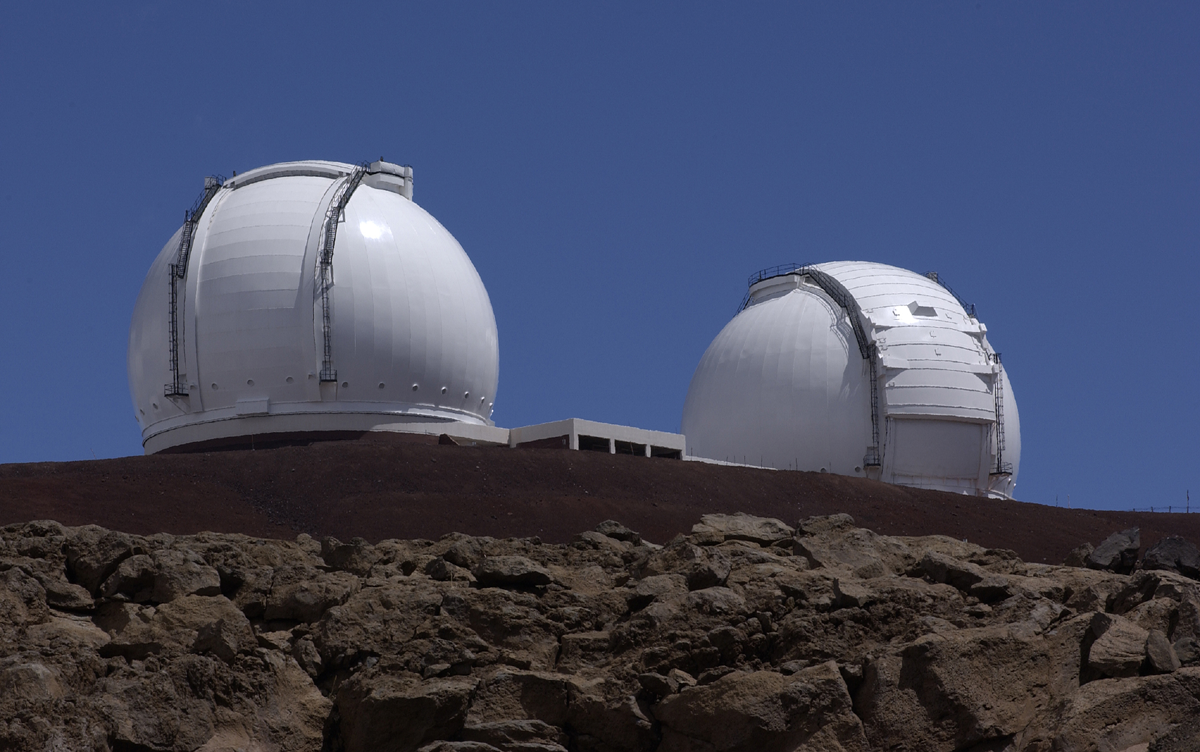Have you ever wondered what may exist outside our solar system? In order to better understand our galaxy, NASA utilizes space telescopes to survey the sky, including the Transmitting Exoplanet Survey Satellite (TESS) launched last year. Like the Kepler mission, TESS’s main objective is to discover new planets, but TESS covers an expanse that is four hundred times larger.
Recently, astronomers have discovered the first transiting exoplanet, or planet orbiting another star, using data from TESS. Because a star’s brightness changes due to the presence of a nearby planet, researchers can detect the presence of another mass through the observation of the dimming of stars. Exoplanets can also be identified through Doppler spectroscopy. Because a star and a planet both orbit around a shared center of mass, the presence of the planet causes the star to wobble slightly. Depending on whether an object is moving toward or away from us, the light spectrum we see changes correspondingly. TESS Object of Interest 197 (TOI-197) was discovered when two brightness dips in the light spectrum of the star occurred at the beginning of each TESS orbit, indicating the presence of an exoplanet around it. TOI-197 has properties similar to that of a “hot Saturn.”
Professor and chair of the Yale Astronomy Department Sarbani Basu, along with many other scientists, hopes that TESS’s mission is extended. “TESS has just started reporting data. It was launched in the middle of last year, and its nominal mission is two years,” Basu said. She is excited for the new knowledge TESS will unearth about our perplexing galaxy.

